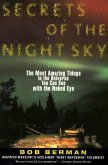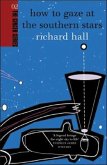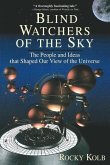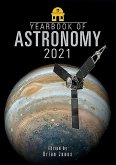An imaginative tour of the numbers one through ten that illustrates how they consistently recur in everything from nature, technology, art, and science to mythology and the unconscious in archetypal patterns and principles. Richly illustrated with computer graphics and classical art.
The Universe May Be a Mystery, But It's No Secret Michael Schneider leads us on a spectacular, lavishly illustrated journey along the numbers one through ten to explore the mathematical principles made visible in flowers, shells, crystals, plants, and the human body, expressed in the symbolic language of folk sayings and fairy tales, myth and religion, art and architecture. This is a new view of mathematics, not the one we learned at school but a comprehensive guide to the patterns that recur through the universe and underlie human affairs. A Beginner's Guide to Constructing, the Universe shows you: * Why cans, pizza, and manhole covers are round. * Why one and two weren't considered numbers by the ancient Greeks. * Why squares show up so often in goddess art and board games. * What property makes the spiral the most widespread shape in nature, from embryos and hair curls to hurricanes and galaxies. * How the human body shares the design of a bean plant and the solar system. * How a snowflake is like Stonehenge, and a beehive like a calendar. * How our ten fingers hold the secrets of both a lobster and a cathedral. * And much more.
The Universe May Be a Mystery, But It's No Secret Michael Schneider leads us on a spectacular, lavishly illustrated journey along the numbers one through ten to explore the mathematical principles made visible in flowers, shells, crystals, plants, and the human body, expressed in the symbolic language of folk sayings and fairy tales, myth and religion, art and architecture. This is a new view of mathematics, not the one we learned at school but a comprehensive guide to the patterns that recur through the universe and underlie human affairs. A Beginner's Guide to Constructing, the Universe shows you: * Why cans, pizza, and manhole covers are round. * Why one and two weren't considered numbers by the ancient Greeks. * Why squares show up so often in goddess art and board games. * What property makes the spiral the most widespread shape in nature, from embryos and hair curls to hurricanes and galaxies. * How the human body shares the design of a bean plant and the solar system. * How a snowflake is like Stonehenge, and a beehive like a calendar. * How our ten fingers hold the secrets of both a lobster and a cathedral. * And much more.








